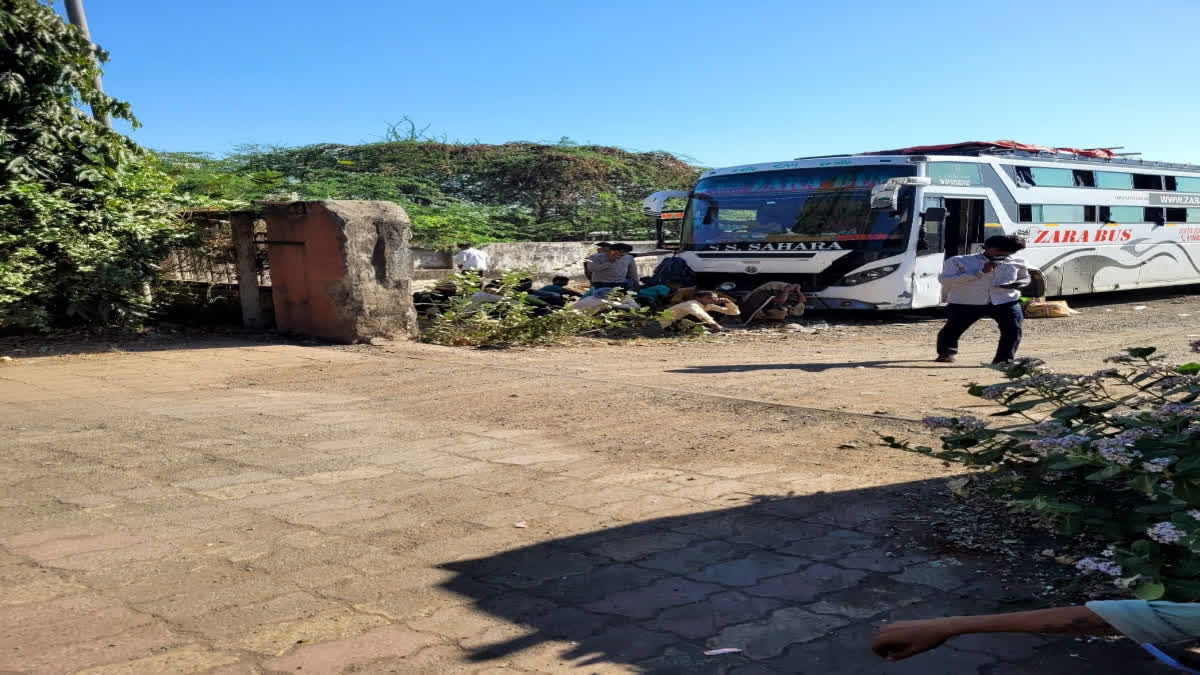Surat (Gujarat): Days after the government order of reducing the circulation of Rs 2,000 notes, people want to get rid of them by spending in many ways. In the Regional Transport Office of Gujarat's Surat, a luxury bus operator paid Rs 4 lakhs with Rs 2,000 notes of his outstanding tax of Rs 6 lakhs and paid Rs 1,000 and Rs 500 notes for Rs 2 lakhs. As soon as the government announced the withdrawal of 2,000 notes from circulation, the next day the bus operator paid the amount of Rs 6 lakhs of outstanding tax in one go.
The public is using 2,000 notes for shopping. People are bringing a maximum of 2,000 notes, especially in superstores and grocery stores. People are bringing it to fill petrol and diesel at petrol pumps and are using it for transactions in malls instead of online payment. The effect of the closure of 2,000 notes was also seen at the reservation ticket counter of Surat railway station. Most people bought tickets by giving 2,000 notes.
Also read: No forms, ID cards needed for exchange of Rs 2000 banknotes: SBI
The Reserve Bank on Friday announced the withdrawal of Rs 2,000 currency notes from circulation but gave the public time till September 30 to either deposit such notes in accounts or exchange them at banks. Unlike the November 2016 shock demonetisation when old Rs 500 and Rs 1,000 notes were invalidated overnight, the Rs 2,000 notes will continue to be legal tender till September 30.
In a statement, the Reserve Bank of India (RBI) said that it has asked banks to stop issuing Rs 2,000 notes. While the RBI did not specify a limit for depositing the Rs 2,000 currency notes in bank accounts, the exchange of a maximum of Rs 20,000 (10 notes of Rs 2,000) for other currency notes will be allowed at a time.



